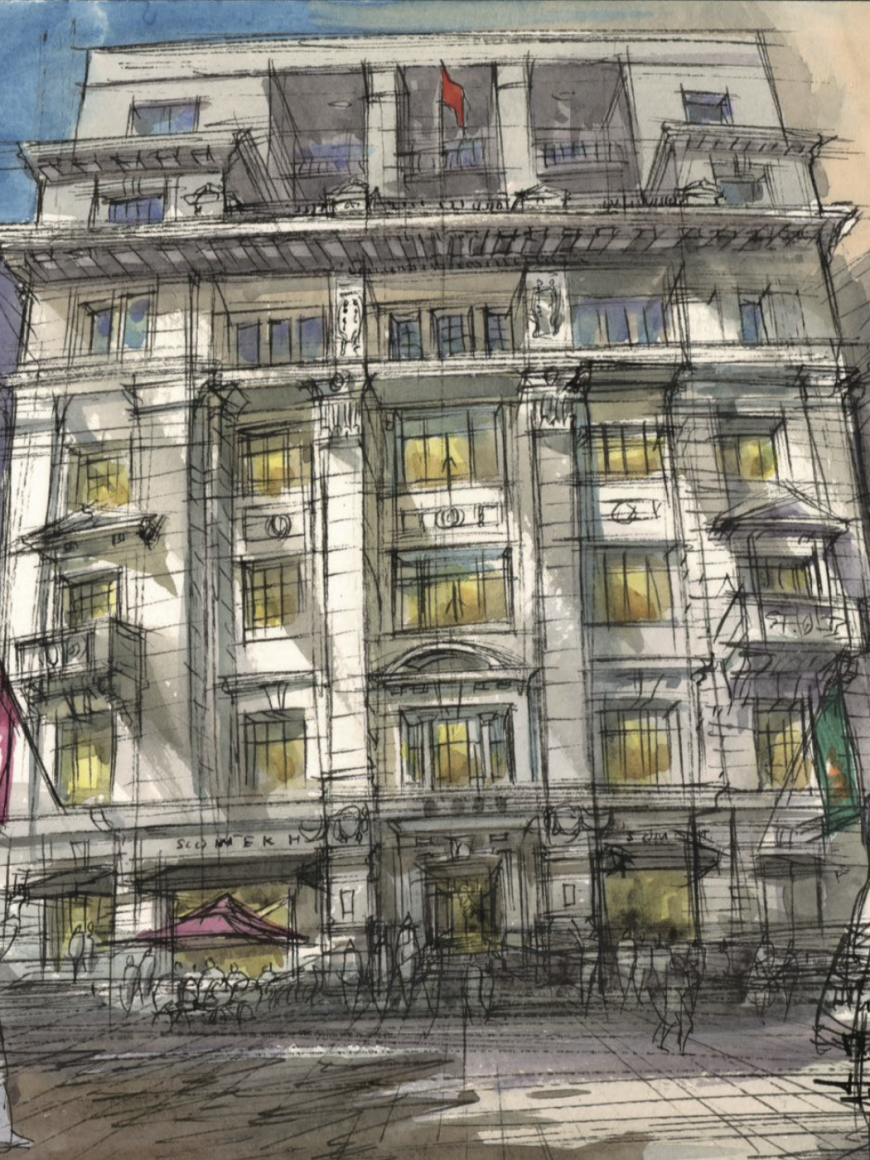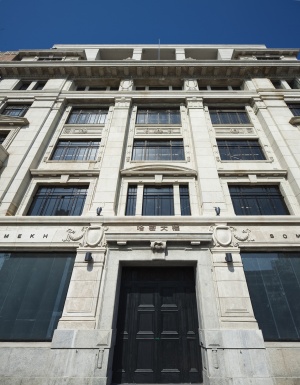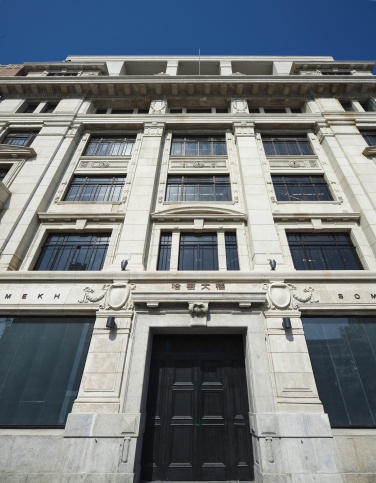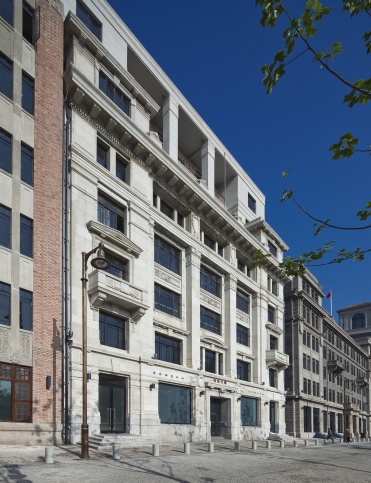The Somekh Building was completed in 1928. It was the property of the Jewish businessman Bension Aaron Somekh. In 1891, Somekh came to Shanghai and worked in Sassoon Foreign Firm, a Jew company, and then left Sassoon to open a foreign firm and made a fortune by himself. He passed away at the end of 1927, leaving behind a fortune of property. By then, the Somekh Building was still under construction. Unfortunately, Somekh could not see the completion of his building before his death.


The history of the Somekh building was inextricably linked with the magnificent newspaper agency "Wen Wei Po”. The post has been established since the Anti-Japanese War and was republished twice in the Somekh Building during the turbulent era. The story of Wen Wei Po and the Somekh building represents the heroic legend of Chinese journalists.
After the Japanese invaders occupied Shanghai in 1937, they began to censor all Chinese newspapers. The founders of Wen Wei Po were unwilling to be ruled by the Japanese, hence founded the Wen Wei Po in the Shanghai International Settlement area on January 25, 1938. Because of its adherence to national justice and anti-Japanese stance, it was actively welcomed and enthusiastically supported by Shanghai citizens. Unfortunately, Japanese invaders retaliated only 18 days after Wen Wei Po’s establishment by poisoning, throwing bombs, and carrying out intimidation to the newspaper office.
Surrounded by the Japanese puppets and under various threats, Wen Wei Po did not surrender, instead, it boosted readers' morale through various ways. In May 1939, Wen Wei Po creatively organized a readers' group tour: the tour spots included the Catholic Church, Tushan Bay, Danjing Temple, Jue Garden, Hongqiao Road Battle Site, etc. This citywalk campaign welcomed all men, women and children, and the number of recruits boosted to 1,000. Nevertheless, the publisher Keming surrended to the Wang Jingwei's Puppet Government, and the post was forced to be suspended.
After the victory of the Anti-Japanese War, on September 6, 1945, Wen Wei Po resumed publication in the Somekh Building. However, in 1947, it was forced to close again because of its active support for the democratic patriotic movement in the Kuomintang-ruled areas. After the liberation of Shanghai, Wen Wei Po resumed its publication in Somekh Building, and it is still one of the most influential paper media in Shanghai today.
In 2009, the Somekh Building reappeared after sandblasting and repairing: the 8-story Somekh Building exudes pure white holiness and elegance. "There is no cold feeling of steel and concrete, instead there is full of warm fragrance of the Renaissance era", this is the evaluation of the Somekh Building by the world. Peeping in from the door, there are five round, white lamps, resembling five snow-white planets. Back then, this building carried the deep patriotism of Wen Wei Po. The lively and vital scene of the editorial department in the past seems to be in front of our eyes, and the lingering ink smell still seems to permeate the air.
Architectural watercolor painting by: Lu Jun





